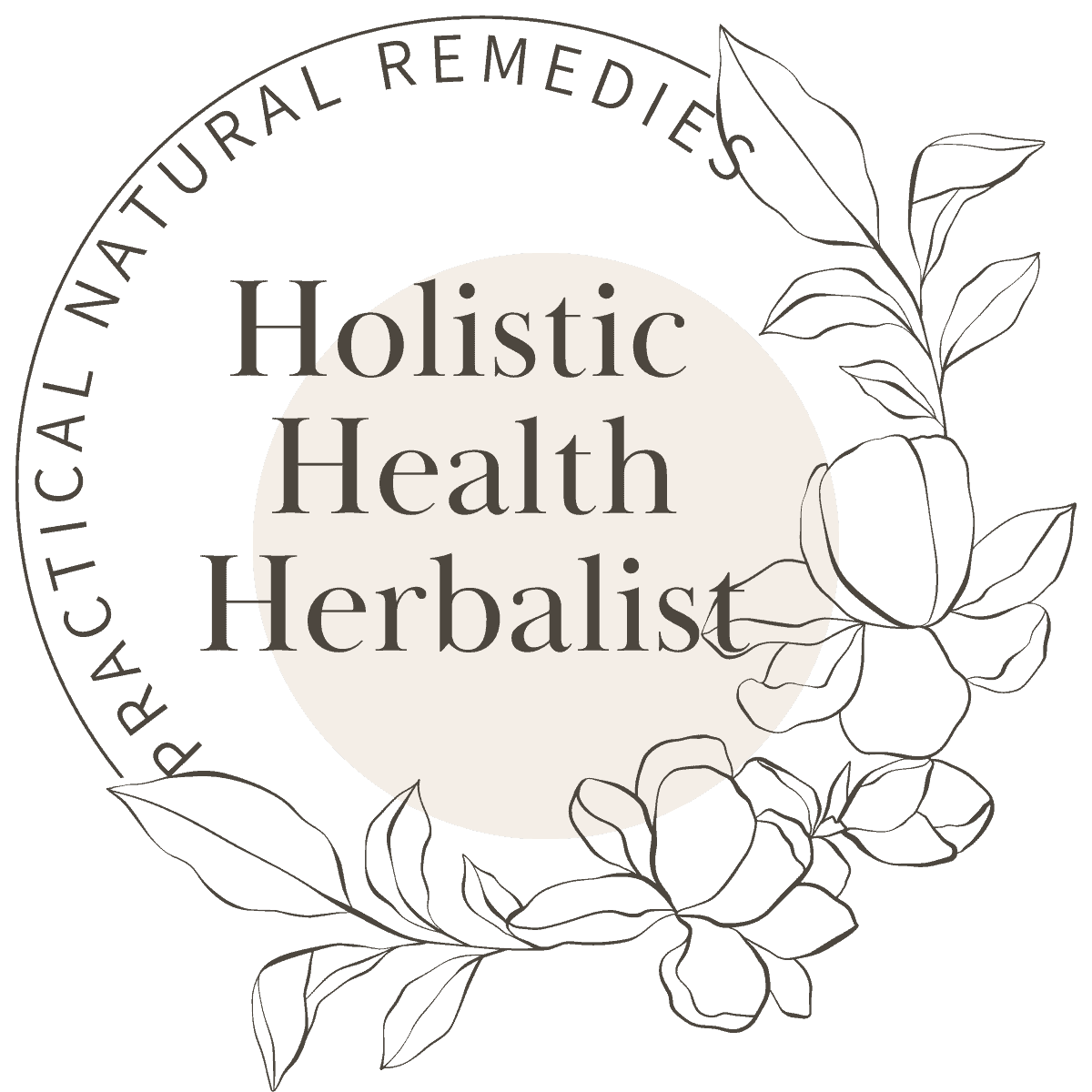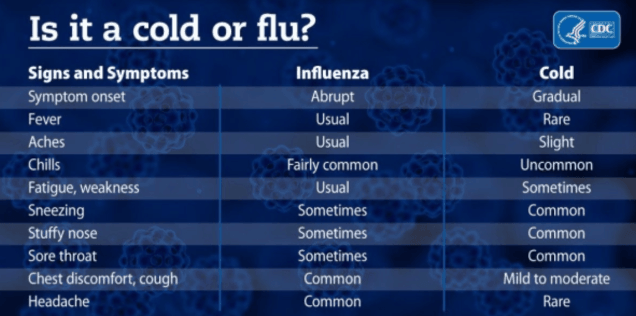Have you ever wondered if the cold you have is a really a cold or if it’s the flu? You’re not alone! In fact, most people have trouble differentiating between cold and flu and which symptoms belong to which condition.
Today, I want to give you a little more insight so that you can identify which one you have. Not only will it help you treat your symptoms more effectively, but it will also prepare you for the possibility of needing to see a doctor, especially if you have the flu which is known to cause further complications.
What’s The Difference Between Cold and Flu?
Since colds and flu have so many symptoms in common, it can be difficult to tell them apart. Both are caused by upper respiratory viruses, both have similar symptoms, and both leave you feeling pretty miserable.
However, there are a few key differences between cold and flu.
Difference Between Cold and Flu Symptoms
Symptoms of a Cold
• Cough with yellow or green mucus
• Mild headache and/or body aches
• Sneezing
• Sore throat
• Stuffy and/or runny nose
(source)
These symptoms usually take a few days to slowly increase in severity but remains a milder respiratory illness compared to the flu virus.
Colds are usually year-round viruses that can be more frequent in the winter months and are less likely to morph into pneumonia and other types of infections that lead to hospitalization.
Cold symptoms typically begin with a sore throat that lasts a few days, runny nose (like water at first, then thicker), congestion, and then a cough within the first five days. These symptoms usually last for seven days and then dissipate. You are considered contagious for the first three days of having a cold.
Another thing to remember is that colds rarely manifest a fever over 101 degrees, so if you have one, chances are you’ve got the flu.
Symptoms of The Flu
• Chills and sweats
• Dry cough
• Fatigue (can last 2-3 weeks)
• Fever
• Nausea
• Severe body aches
• Sneezing - OCCASIONALLY
• Sore throat - OCCASIONALLY
• Stuffy and/or runny nose – OCCASIONALLY
(source)
The onset of flu symptoms usually hit you like a truck, usually within hours and can last from a few days to a few weeks.
Symptoms can start out with a sore throat, fever, headache, body aches, congestion, and cough, sometimes with vomiting and diarrhea depending on which strain you have and typically get better within five days. It is not uncommon to feel fatigued and out of sorts for weeks after.
There’s a reason it’s called “flu season”, that’s because the flu virus typically runs from November through March with some wiggle room before or after this period. Of course, you can still catch the flu April through October, but it is much less likely compared to catching a cold or dealing with seasonal allergies.
If it’s the flu, symptoms (even early flu symptoms) are much more severe and can actually be quite dangerous for children and the elderly.
A cold can be miserable, but rarely does it get to the point of being life-threatening.
Does it matter to know the difference between cold and flu?
I think to a degree, it is important to differentiate between the two in case it’s the flu, and symptoms get worse.
However, the way you treat both colds and flu are relatively the same:
• Eat easy to digest yet nourishing foods
• Lots of rest
• Stay hydrated
• Take a nice hot bath with Epsom salts
• Take immune-supportive herbs like elderberry and echinacea (source)(source)
• Use a neti pot to flush out the sinuses
• Use essential oils like the thieves blend to quicken your recovery while also protecting family members from catching the virus you have
• Wash your hands often
To make your life easier, the CDC released a simple infographic that concisely details the main differences between cold and flu that is actually pretty handy.
Check it out below:
Have you ever wondered about the difference and which one you or a loved one came down with? Share in the comments below!
For more cold and flu-related reading, check out the articles below:
Oregano Oil Roll-On for Cold and Flu Care
12 Ways to Feel Better During a Cold or Flu
Top 5 Natural Flu Remedies
Sickroom Spray Recipe for Cold and Flu
Essential Oils for Boosting the Immune System and Fighting Cold and Flu
Other Sources
Castleman, Michael, and Sheldon Saul Hendler. The healing herbs: The ultimate guide to the curative power of nature's medicines. Bantam, 1995.








